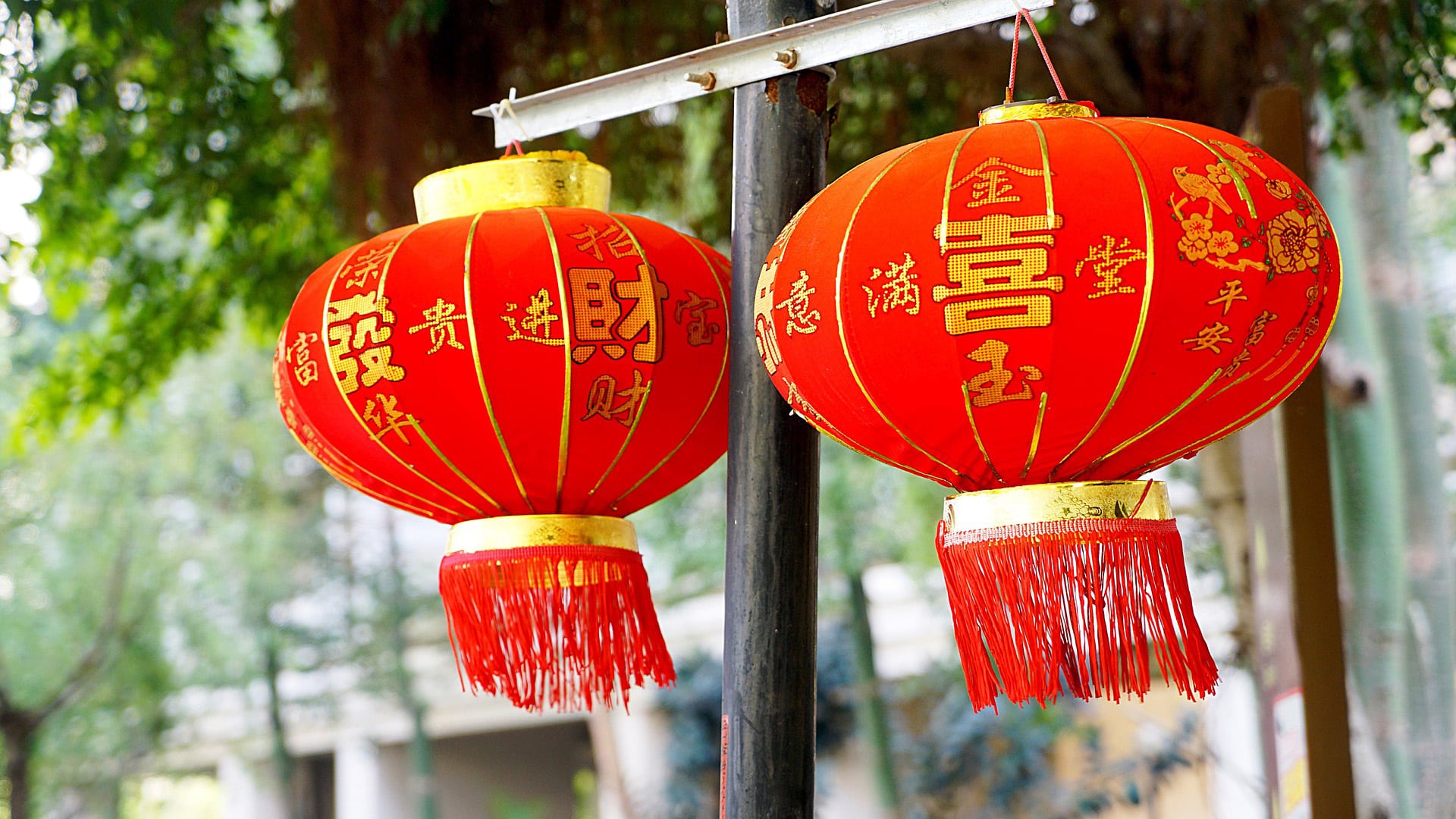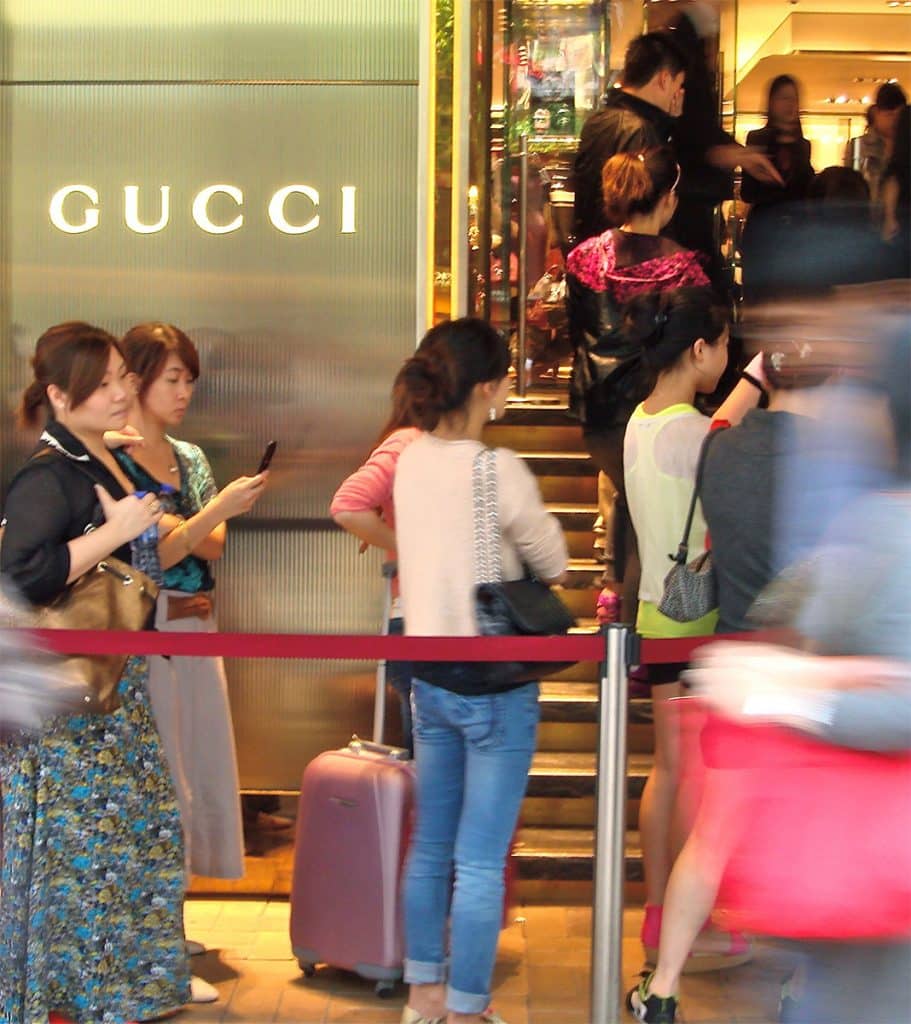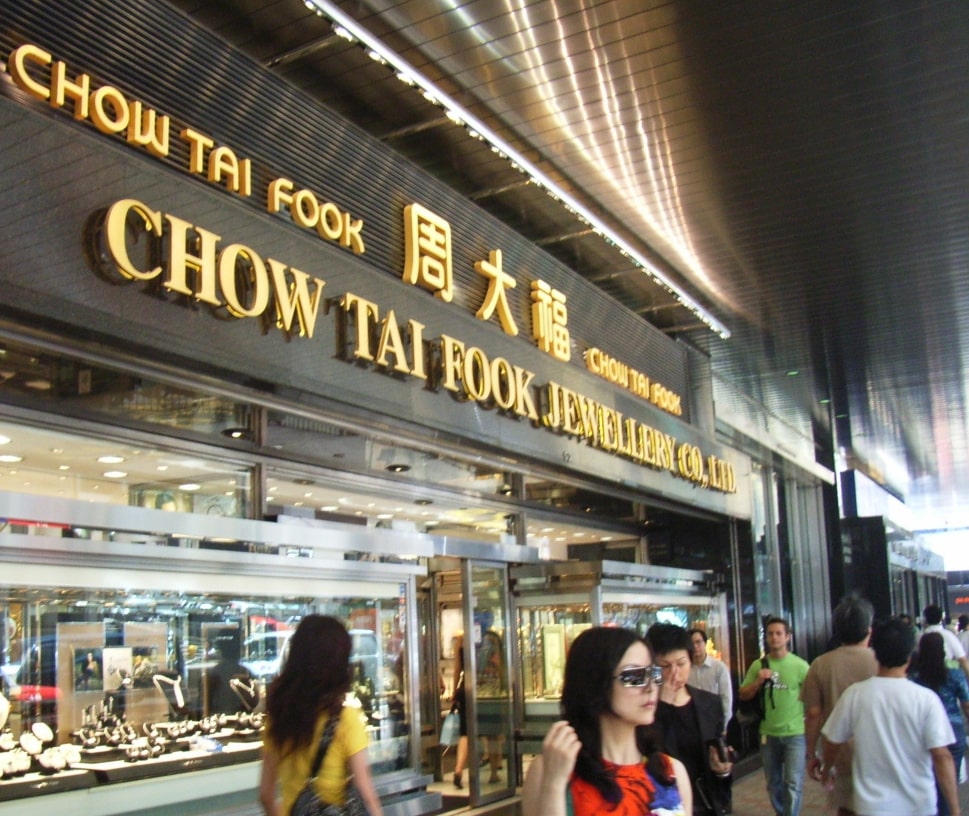Blog
Home » Diamonds blog » AS THEIR NEW YEAR APPROACHES, CHINESE BUYERS INCREASINGLY STAY HOME
Focus on

Data will be published toward the end of January that is expected to indicate that the Chinese economy grew around 6.6 percent in 2018, which is its lowest rate of expansion since 1990. According to Reuters, the government in Beijing set a lower economic growth target of 6 percent to 6.5 percent for the new year, as opposed to last year’s target of “around” 6.5 percent, in part because of mounting pressure from the trade war with the United States.
Chinese pundits do not believe that growth will fall much lower than that. The Chinese Communist Party’s long-term economic plan calls for a doubling gross domestic product and incomes over the decade ending in 2020, and that requires a minimum growth rate of 6.2 percent over the next two years. If it meets that target, the country will have been transformed into a “modestly prosperous” country.
LOCAL VERSUS FOREIGN PURCHASES HEADED FOR PARITY
One way of shoring up the Chinese economic growth rate is by encouraging local consumption, and in the local luxury product sector that means convincing people to spend their money at home, rather than doing it during trips abroad.
For years already, many of the world’s largest luxury retailers have depended on wealthy tourists from China, who have taken advantage of the greater selection and often more reasonable prices in Paris, Milan, Dubai, Tokyo and New York, than making those same purchases at home. Up to two thirds of sales of luxury products to Chinese buyers have been taking place outside of the country.
But the U.S.-China trade war, the sliding value of the yuan and Beijing’s crackdown on travelers returning home with undeclared overseas purchases is leading to a reverse in the trend.
According to a report released in December by HSBC, the difference between Chinese luxury spending abroad and at home is shrinking, and a 50/50 balance in the not too distant future is not out of the question.
This is not necessarily a bad thing. “It’s much healthier to have Chinese consumers consuming your product in their own country, in terms of repeat business and loyalty,” said Thibaud Andre, research director at Daxue Consulting, in conversation with the Bloomberg news agency.


CHINA’S LARGEST JEWELRY RETAILER LOOKS TO THE MAINLAND
If China’s largest jewelry retailer is anything to go by, the increasing inclination of consumers to spend their disposable income at home is becoming evident on balance sheets.
Reporting in December on its interim results for the six months ended September 30, Chow Tai Fook Jewellery said it had seen a 20 percent increase on the year in revenue to $3.8 billion. This the Hong Kong-based conglomerate attributed to stabilizing consumer demand on mainland China.
While Chow Tai Fook kept the number of stores operating in Hong Kong and Macau stable during the six-month period, there were 233 net openings in mainland China during the period, bring the group total to 2,682 stores.
Growth momentum was expected to be moderated during the year, Chow Tai Fook noted in its earning statement, as rising U.S.-China trade tensions and foreign exchange fluctuations could cloud performance.
“In light of the macro headwinds, however, the Chinese government has ramped up efforts in deploying a series of measures to stimulate domestic consumption and counteract the slowing economy. As such, the group is cautiously optimistic about the prospect of the jewelry market in Greater China for the foreseeable future,” the statement added.
